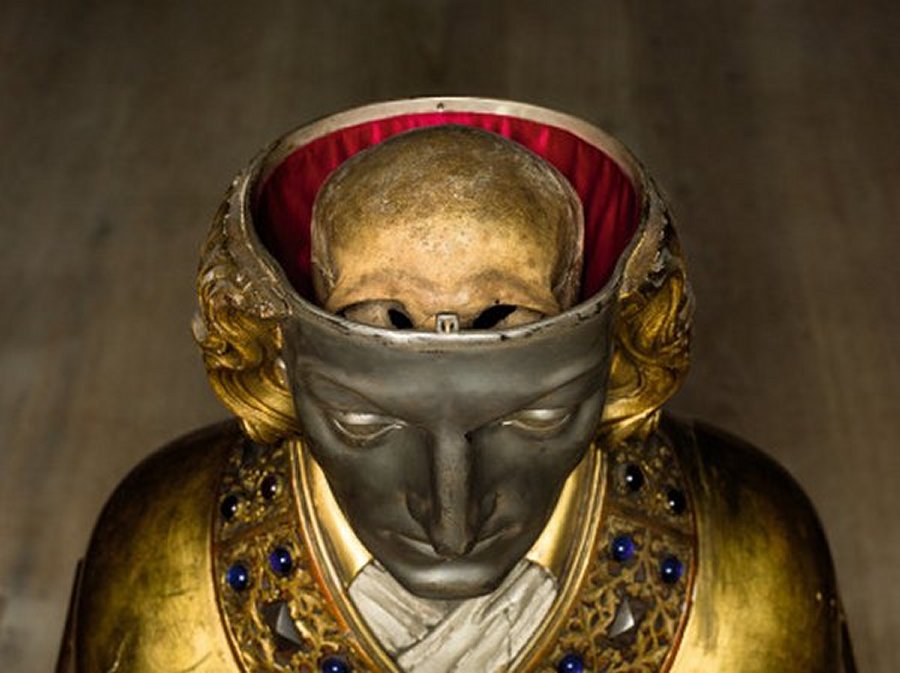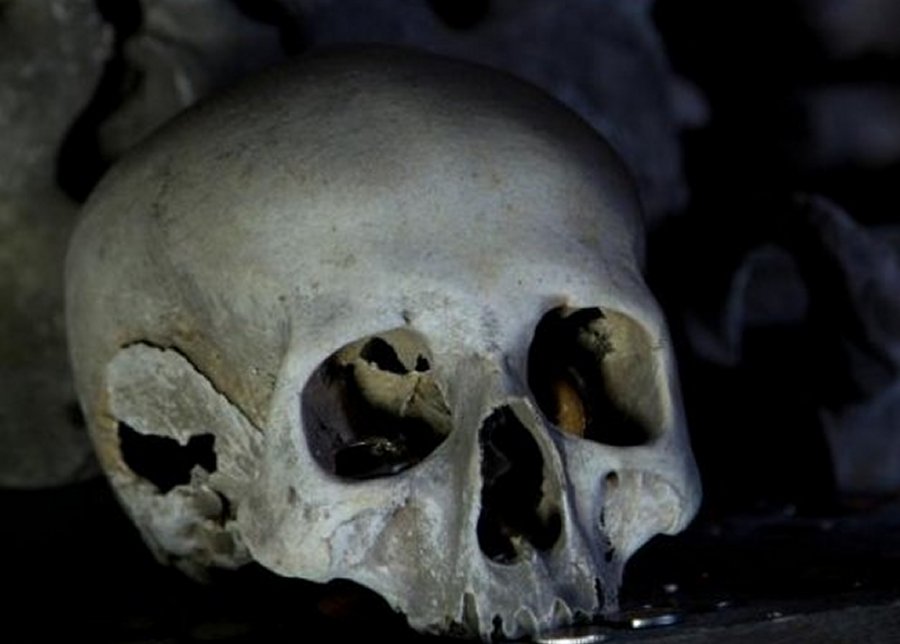MessageToEagle.com – The skull of Pope Lucius has long been regarded as an important religious relic.
The problem is now that skull might not be that of the clergyman martyred in the third century. If that is the case, then who exactly does the skull belong to?
The legend of how the skull ended up in Denmark begins in the 1100s.

People living in the city of Roskilde wanted a new cathedral with a saint to whom they could appeal for help and protection. In order to accomplish this, two priests were sent as envoys to Rome to ask for an appropriate relic.
The priests were led to Santa Cecilia, where they were to select a relic from the many found there, making the choice quite difficult.
They caught sight of a skull shining brightly in the sun, and so the legend goes, it turned out to be that of St. Lucius (whose name means “light”).
One of the priests claimed that St. Lucius had appeared in a dream declaring that he was destined to be the cathedral’s patron.
The skull was stored in Roskilde cathedral until the 1600s, but in the latter half of the century it was moved to the King’s Chamber of Arts and later the National Museum. In 1908, it was loaned to the Catholic Church and deposited in Copenhagen’s St. Ansgar’s Cathedral.
Later a Norwegian researcher wondered if St. Lucius’ skull may have been mixed up with the skull of the Norwegian King, Sigurd Jorsalfarers. This skull had also been kept in the National Museum collection in the 1800s until it was gifted to Oslo University in 1867.

The Norwegian researcher studied the skull of a 12th century Norwegian king, Sigurd Jorsalfarer, and determined the skull was incorrectly attributed and the Norwegian skull bore the same inventory number as that of St Lucius, which led to the National Museum performing its own study of the cranium.
Danish experts from the National Museum then studied the skull and used carbon dating to determine that the skull is of a man who lived between the years 340 and 431, nearly 100 years after the death of St Lucius in 254,” the Copenhagen Posts reports. This is not the skull of St. Lucius, who died around AD254.
Carbon dating also rules out the Norwegian skull belonging to the crusader king who ruled in the 1100s.
No skullduggery suspected
“It is a fascinating story how it happened. The story piques the curiosity to go to Rome and see if we can find a skeleton without a skull – or with the wrong skull – to match our skull, according to Per Kristian Madsen, the head of the National Museum.
The skull once thought to be that of the former pope was brought to Roskilde in around the year 1100 after St Lucius was declared patron saint of Zealand.
The skull remained in Roskilde Cathedral until 1908 when it was moved to Saint Ansgar’s Church in Copenhagen.
St Lucius was pope from 253 to 254. Given the travels of his skull, it will surprise few to learn he was beheaded.
MessageToEagle.com






